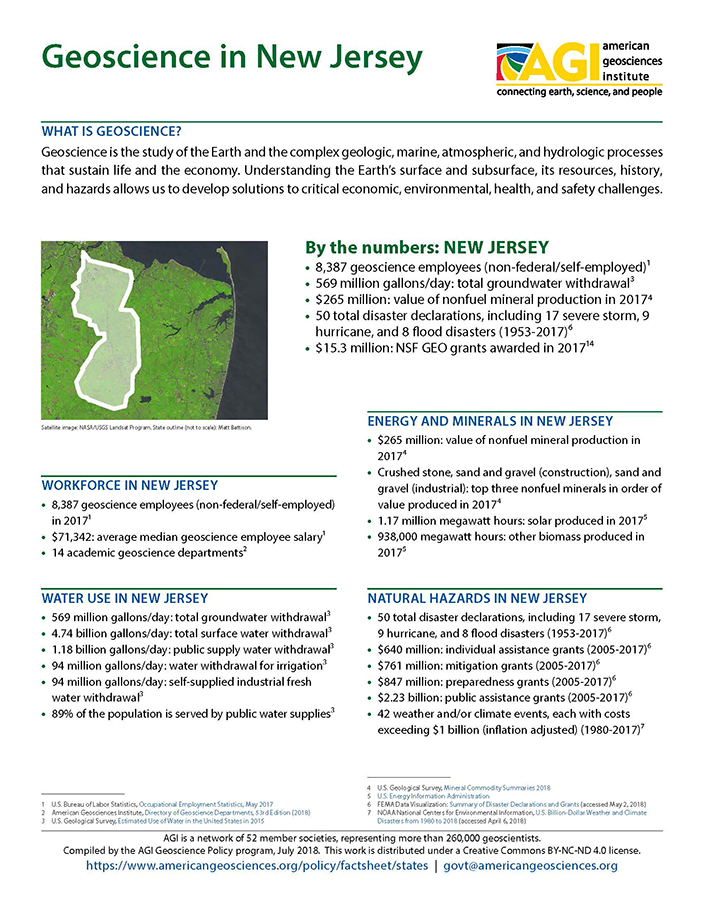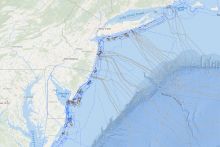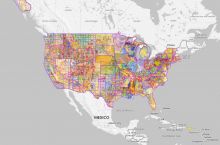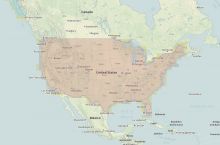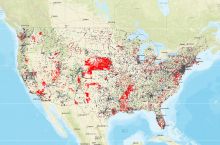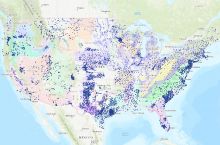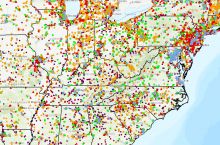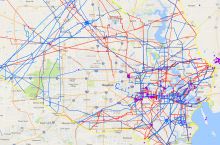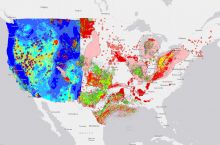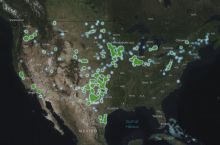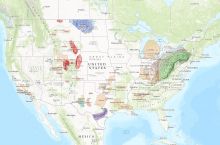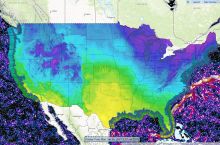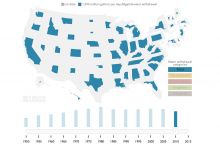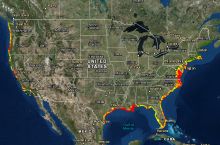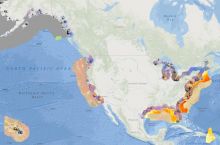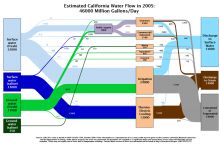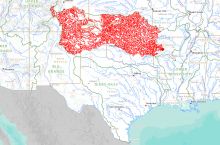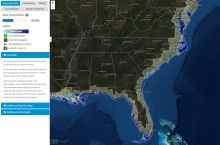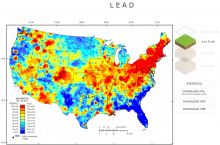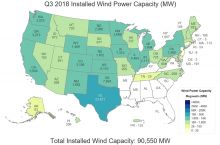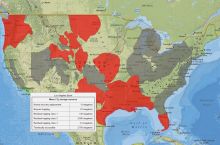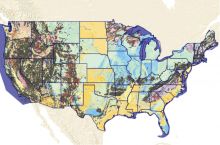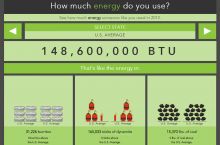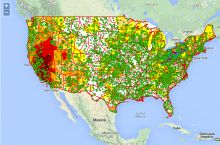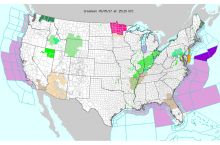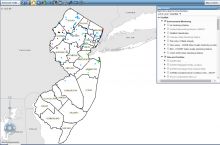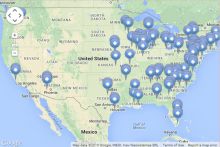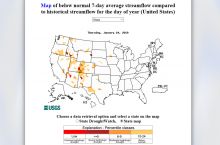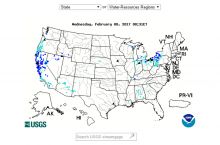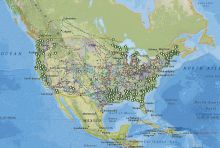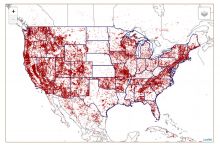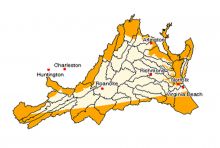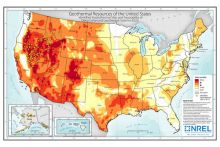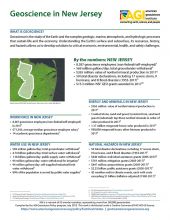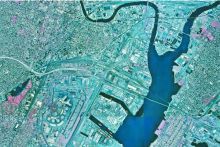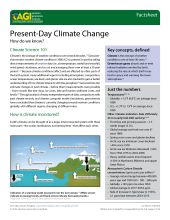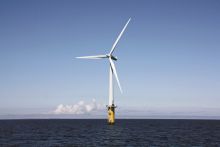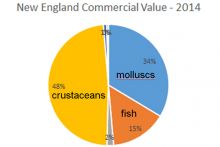By the numbers: New Jersey
- 8,387 geoscience employees (excludes self-employed)1
- 569 million gallons/day: total groundwater withdrawal3
- $265 million: value of nonfuel mineral production in 20174
- 50 total disaster declarations, including 17 severe storm, 9 hurricane, and 8 flood disasters (1953-2017)⁶
- $15.3 million: NSF GEO grants awarded in 201714...
Agencies Working on Geoscience Issues in new jersey
On America's first official ""Earth Day"" — April 22, 1970, the New Jersey Department of Environmental Protection was born. New Jersey became the third state in the country to consolidate its past programs into a unified major agency to administer aggressive environmental protection and conservation efforts. Former Governor William T. Cahill appointed Richard J. Sullivan as the first commissioner. Since that day, NJDEP began a role to manage natural resources and solve pollution problems. In what started with about 1,400 employees in five divisions, NJDEP now has a staff of approximately 2,900 and is a leader in the country for its pollution prevention efforts and innovative environmental management strategies.
The mission of the New Jersey Geological Survey includes geoscience mapping, research and interpretive roles as well as water resource planning and regulatory functions.
The Emergency Mangagement section is responsible for planning, directing and coordinating emergency operations within the State of New Jersey which are beyond local control.

